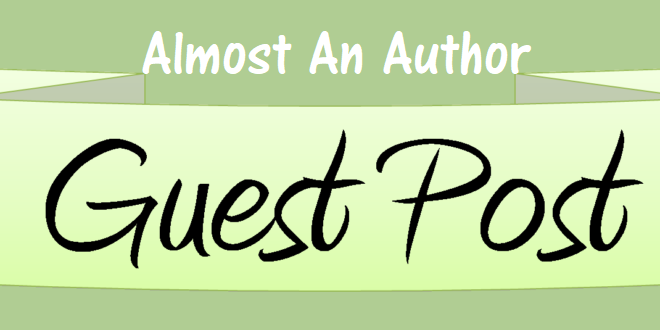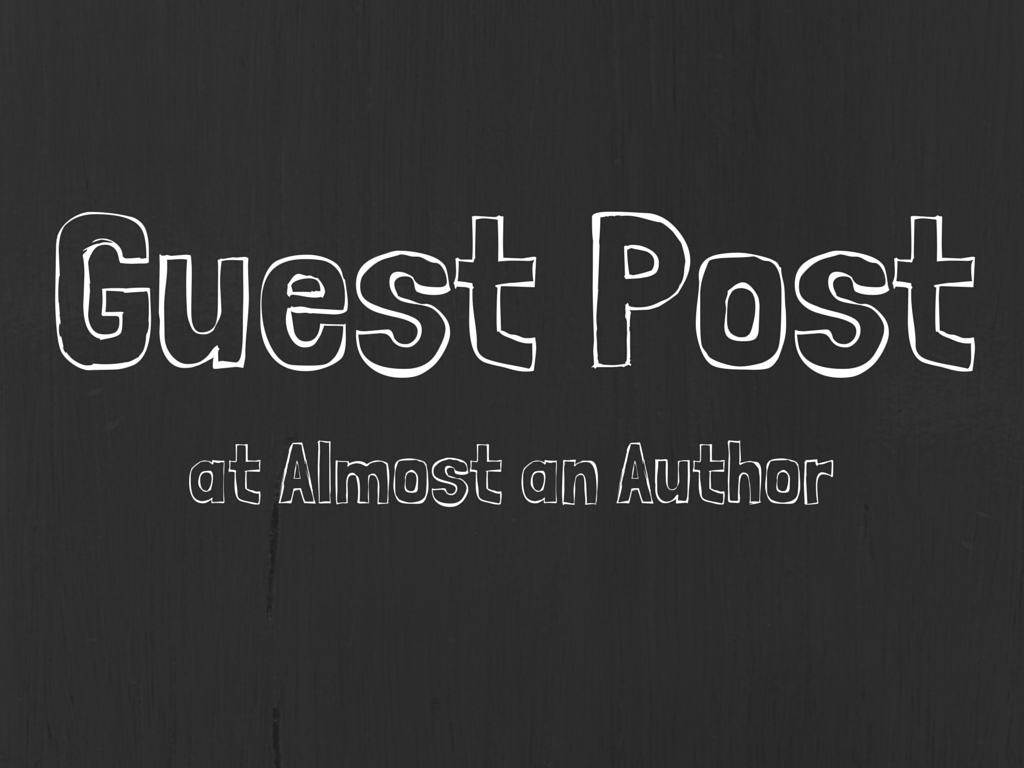I wrote my first fiction novel in four months during 2009 because I believed I could write a novel. Perhaps a bit arrogant and presumptuous, but I believed God had blessed me the talent of writing, and I felt convicted to utilize that talent for telling stories.
The first draft wasn’t horrible, but it was obvious right away that it was far from complete. I added, I took away, I put back, I removed again, I started over. Four times. With the help of some very patient peer editors, I continued to flesh out the plot, characters, and settings. Outline? Nah; who’s got the time? I’m tryin’ to write here! Besides, I’ve already got the meat of it. Just gotta tweak it a bit, y’know?
Yeah, well that went on for five excruciatingly long years, each laden with a plethora of doubt, discouragement, frustration, and fear. I pushed through and self-published anyway. Shortly after that, I submitted a revision (for $100) upon realizing that I wanted to do something in my sequel that the first book wouldn’t allow logistically. Finally, I was – oh, wait; I need to make another revision critical to plot continuity for the entire series. To say this was getting tedious would be a vast understatement. My incredibly supportive wife wasn’t thrilled about the ongoing financial hemorrhaging either.
So I humbled out and made the decision to outline my second novel before writing one word. Believe me, this was difficult, because I was excited and eager to race out of the gate once again. After all, I’d learned so much from the first experience; surely I’d do better this time around! But I reigned in my creative horses and began to outline.
What a difference.
Writing is like building a house (yay metaphors!). The premise of your story is your foundation, but the outline is your framework. Without it you can’t clearly define the size, shape, and position of each room (scenes). It provides structure and support for the weight of the rest of the house (plot). It creates the necessary spaces for all the plumbing, electrical and air (action). And of course, it holds the roof up (climax).
Again, this is just the framework. At this stage you don’t worry about things like the drywall, light fixtures, appliances, or even furniture (personalities, motivations, backstory). The outline can be vague, but it needs to have a sense of sturdiness. Not completely rigid, mind you. You may find yourself altering it, but that’s ok – while the outline exists to support story development, the actual development of the story provides service back to the outline, either to validate it or expose its weaknesses. But even if it’s the latter, it’s now a minor correction instead of a complete overhaul. It’s much easier to knock out a few two-by-fours than to remove a load-bearing wall.
With a clear outline and some much-needed confidence, I wrote my sequel in a little over a year. After peer editing, I made a few scene revisions and polished some dialogue, but it was finished, and complete as-is. Looking back, I was surprised to realize how natural outlining felt. If you think about it, we do it when we take trips, go grocery shopping, get our kids ready for an upcoming school year, or cook dinner. Plan and organize. It’s truly not that difficult.
But how long should outlining take? What should my outline look like?
The answer to both questions is this: there is no exact formula. It’s not a matter or right or wrong, it’s about what works for you. Remember, we’re artists! We’re creative and subjective!
“Thanks Andrew, that helps a lot,” you may say sarcastically. Ok, fine. Allow me to offer a bit more.
Regarding the duration of the outlining process, you need to devote significant time to this in the beginning, but don’t camp out here.
“Still not helping.”
What I mean is this: have sober judgement of yourself. Don’t be impatient and rush through this stage for the sake of checking a box and saying, “Yup, I got me an outline!” I get it. You’re drooling to bring your characters to life. You can’t wait for them to [input your amazing premise here], but without a road map, their Ferrari will never make it to the destination. They’ll run out of gas and/or get lost, and they’ll blame YOU, because you wrote them into the middle of that mess.
On the other hand, don’t allow the outlining process to be an excuse that keeps you from moving forward. In other words, don’t let indecision and insecurity about your writing turn your outline into a hiding place. You don’t polish an outline. Face your fears and write! Again, it’s art, so it’s not wrong or bad. Let it guide you.
Regarding the content of your outline, make it something easy to understand and refer back to constantly.
Maybe you’re a sticky-notes-everywhere kinda person. Fine; organize them visually so you can see the structure and timeline of your story. Storyboards? Go for it. Traditional document-style outlining with bullet points? Hey, if that’s your thing, run with it. I swear by Microsoft excel (for pretty much everything, but I’m really ocd), and I’ll be sharing about that later. While you can get input on every aspect of your writing, your outline really only needs to make sense to you. But if you’ve never done one before, experiment with several methods until you find one that’s comfortable.
Don’t worry about what someone else’s outline looks like. This isn’t a contest. As long as you have a basic idea of the beginning, middle, and end of your story, I’d say you have an outline. You can build from there. Just about anything can work. Remember Mad-Libs? Take a closer look; it’s an outline.
Outlining saved me time, money, and all of the negative feelings expressed above in the third paragraph. I’m convinced it’s essential to the success of any literary project, regardless the genre. I hope you find my thoughts to be helpful and encouraging. No matter what, don’t give up.
Andrew Zabriskie is a lifelong avid fan of high fantasy and science fiction. He lives in Charleston, SC with his phenomenal wife, two cuddly cats, and a very old and quite cantankerous horned frog with a penchant for world domination. He has a passion for weaving the truths of the gospel into his storytelling. Andrew is the author of The Brotherhood of the Blade series, available as eBooks on Amazon. Follow Andrew on facebook:







1 Comment
Andrew, Thanks for the laugh and permission to outline. I love the sticky note advice. God bless you as you write for Him.